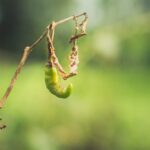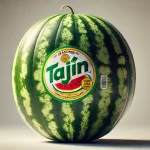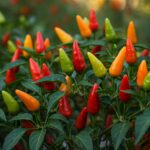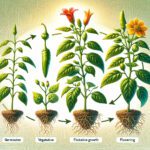Chili pepper cultivation is an agricultural tradition deeply rooted in various cultures, and its economic importance continues to rise thanks to global demand for its varied culinary uses. As we saw in the first part, the genus Capsicum encompasses an astonishing diversity of species and varieties, each with its own particularities in terms of flavor, heat, and cultivation requirements. In this second part, we will delve into crucial aspects for optimizing chili pepper cultivation, from nutrition and soil management to advanced pest and disease control strategies, culminating in harvesting and post-harvest handling.
Optimal Nutrition for Robust Chili Peppers
Balanced nutrition is fundamental for the healthy development of chili pepper plants and for obtaining abundant, high-quality harvests. Chili peppers, like other solanaceous plants, have specific macro and micronutrient requirements at different stages of their life cycle.
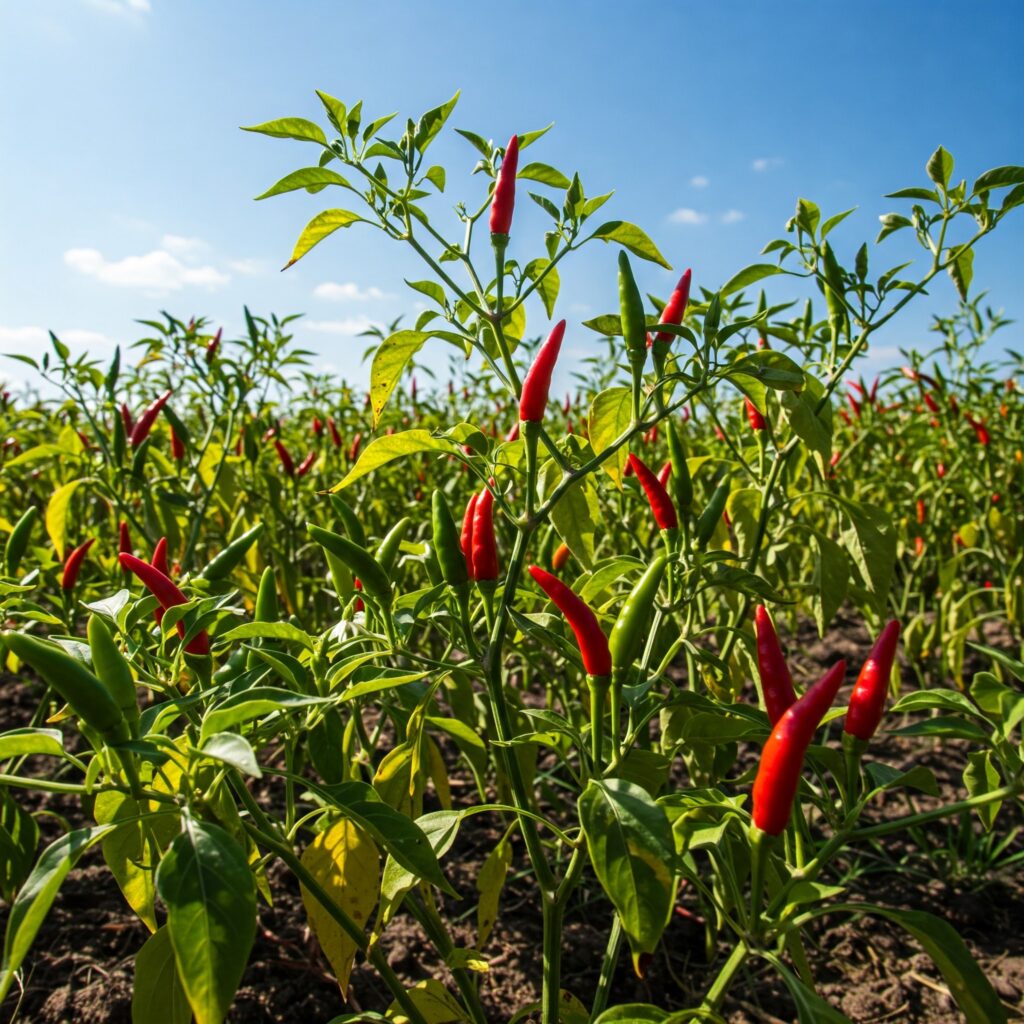
Macronutrients:
- Nitrogen (N): Essential for vegetative growth, leaf development, and chlorophyll production. A deficiency manifests as yellowing leaves and stunted growth. However, an excess can promote excessive foliage at the expense of flowering and fruiting.
- Phosphorus (P): Crucial for root development, flowering, and fruit maturation. Deficiency can be observed in darker leaves with purple tones and slow development.
- Potassium (K): Important for disease resistance, water regulation, and fruit quality. Lack of potassium can cause yellowing at the edges of leaves and poor fruit development.
Micronutrients:
Although required in smaller quantities, micronutrients such as calcium (Ca), magnesium (Mg), sulfur (S), iron (Fe), manganese (Mn), zinc (Zn), copper (Cu), boron (B), and molybdenum (Mo) are equally important for various metabolic and enzymatic functions of the plant. Micronutrient deficiencies can lead to specific symptoms in leaves, stems, and fruits, affecting yield and quality.
Strategic Fertilization:
Fertilizer application should be based on a prior soil analysis to determine existing deficiencies and the specific needs of the crop. A base fertilization at planting or transplanting is recommended, followed by top dressings during the vegetative growth, flowering, and fruiting stages. Fertigation, the application of fertilizers through the irrigation system, can be an efficient way to supply nutrients accurately and timely (Rezaei & Anderson, 2018).
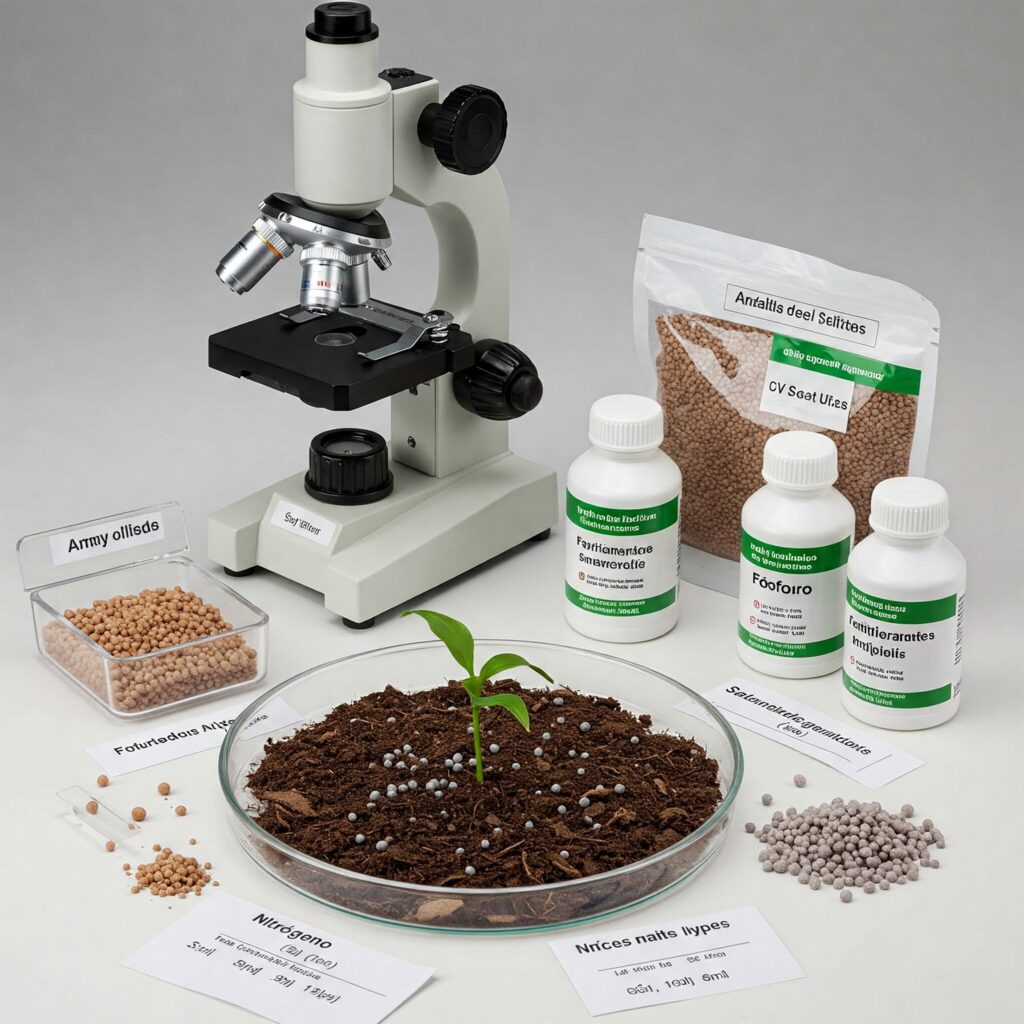
Soil Management and Proper Preparation
Healthy and well-prepared soil is the foundation for successful chili pepper cultivation. In addition to the characteristics mentioned earlier (good drainage, richness in organic matter, and adequate pH), it is important to consider soil structure and tillage practices.
Tillage:
Minimum tillage or no-till farming can help preserve soil structure, reduce erosion, and improve moisture retention. Traditional tillage may be necessary to break up compacted layers and prepare the seedbed, but it should be done consciously to avoid long-term soil degradation.
Soil Amendments:
The incorporation of organic matter, such as compost or well-cured manure, improves soil structure, water and nutrient retention, and beneficial microbial activity. In soils with inadequate pH, amendments such as agricultural lime can be used to raise the pH in acidic soils or elemental sulfur to lower it in alkaline soils.
Mulching:
The use of organic mulch (straw, dry leaves) or plastic mulch can help conserve soil moisture, suppress weed growth, regulate soil temperature, and reduce the incidence of some soilborne diseases.
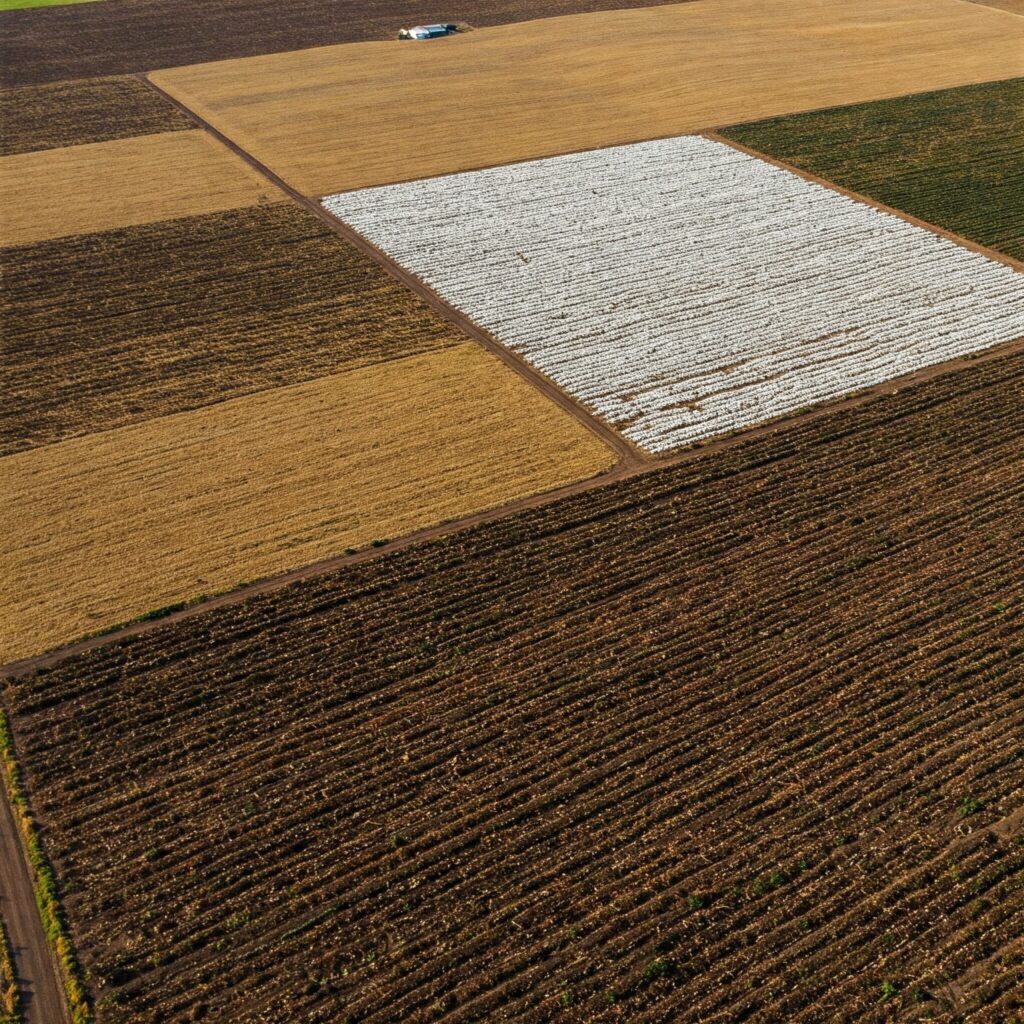
Advanced Strategies for Pest and Disease Control
Integrated Pest Management (IPM) is essential to minimize losses in chili pepper cultivation sustainably. This involves a combination of different strategies to prevent, monitor, and control pests and diseases.
Monitoring and Early Diagnosis:
Regular inspection of plants is crucial to detect the presence of pests and diseases in their early stages. The use of sticky traps, insect population counts, and observation of symptoms on plants allow for timely management decisions. Accurate diagnosis of the pest or disease is fundamental to selecting the most effective control strategy.
Biological Control:
Promoting the presence of natural enemies of pests is a key strategy of IPM. This can include the introduction of predators (such as ladybugs for aphids, predatory mites for spider mites), parasitoids (parasitoid wasps for whitefly and aphid larvae), and entomopathogens (fungi, bacteria, or viruses that attack pests). Creating a favorable environment for these natural enemies, avoiding the indiscriminate use of broad-spectrum pesticides, is essential.
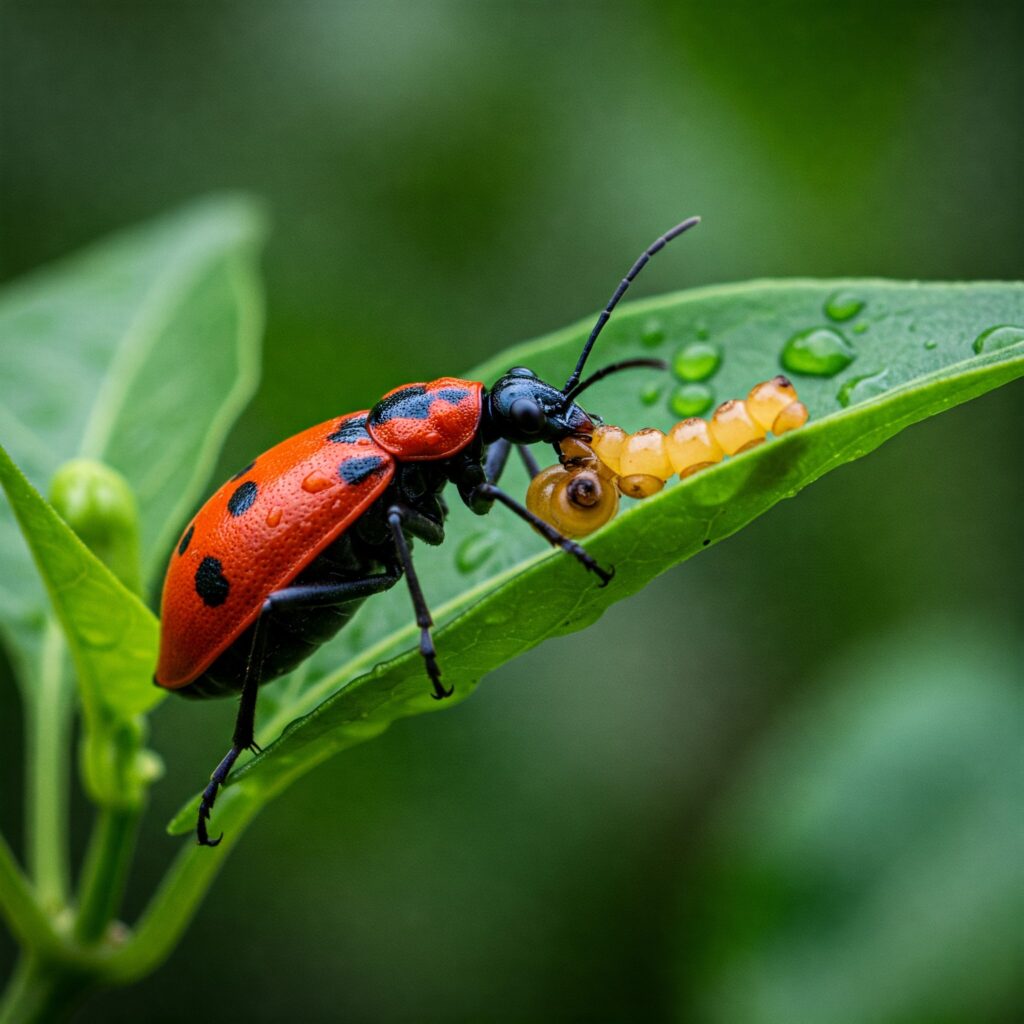
Cultural Control:
Several cultural practices can help prevent or reduce the incidence of pests and diseases:
- Crop Rotation: Avoiding monoculture of chili peppers and alternating with unrelated crops can disrupt the life cycles of many soilborne pests and pathogens.
- Selection of Resistant or Tolerant Varieties: Using chili pepper varieties that have been improved to resist or tolerate certain pests and diseases can significantly reduce the need for chemical interventions.
- Weed Management: Weeds can be hosts for pests and diseases, so their control is important.
- Crop Sanitation: Removing diseased plants or infested plant parts can prevent the spread of pathogens and pests.
- Proper Irrigation: Avoiding excessive irrigation and ensuring good drainage reduces foliar and soil moisture, which can prevent many fungal and bacterial diseases.
Chemical Control (Responsible Use):
Chemical control should be considered a last resort within an IPM program, used only when pest populations or disease incidence reach economic thresholds that justify intervention. It is crucial to select insecticides, acaricides, fungicides, or bactericides specific to the target pest or disease, rotate modes of action to prevent resistance, and strictly follow manufacturer recommendations regarding dosage, application timing, and safety precautions. Products with lower environmental impact and those that are selective for target pests are preferred, minimizing damage to non-target organisms and natural enemies.
Bio-Pesticides:
The use of bio-pesticides, such as plant extracts (neem, pyrethrum), insecticidal soaps, horticultural oils, and entomopathogenic microorganisms, can be a more sustainable alternative to synthetic pesticides for the control of certain pests and diseases.
Harvest and Post-Harvest: Preserving Quality
The optimal time for harvest depends on the chili pepper variety and the desired end use (fresh, dried, processed). Chili peppers for fresh consumption are generally harvested when they have reached their characteristic size and color but are still firm. Chili peppers for drying or processing can be harvested at a more advanced stage of maturity.
Harvesting Techniques:
Harvesting can be done manually or mechanically, depending on the scale of cultivation and the availability of labor. Manual harvesting allows for more careful selection of ripe fruits, while mechanical harvesting is more efficient for large areas.
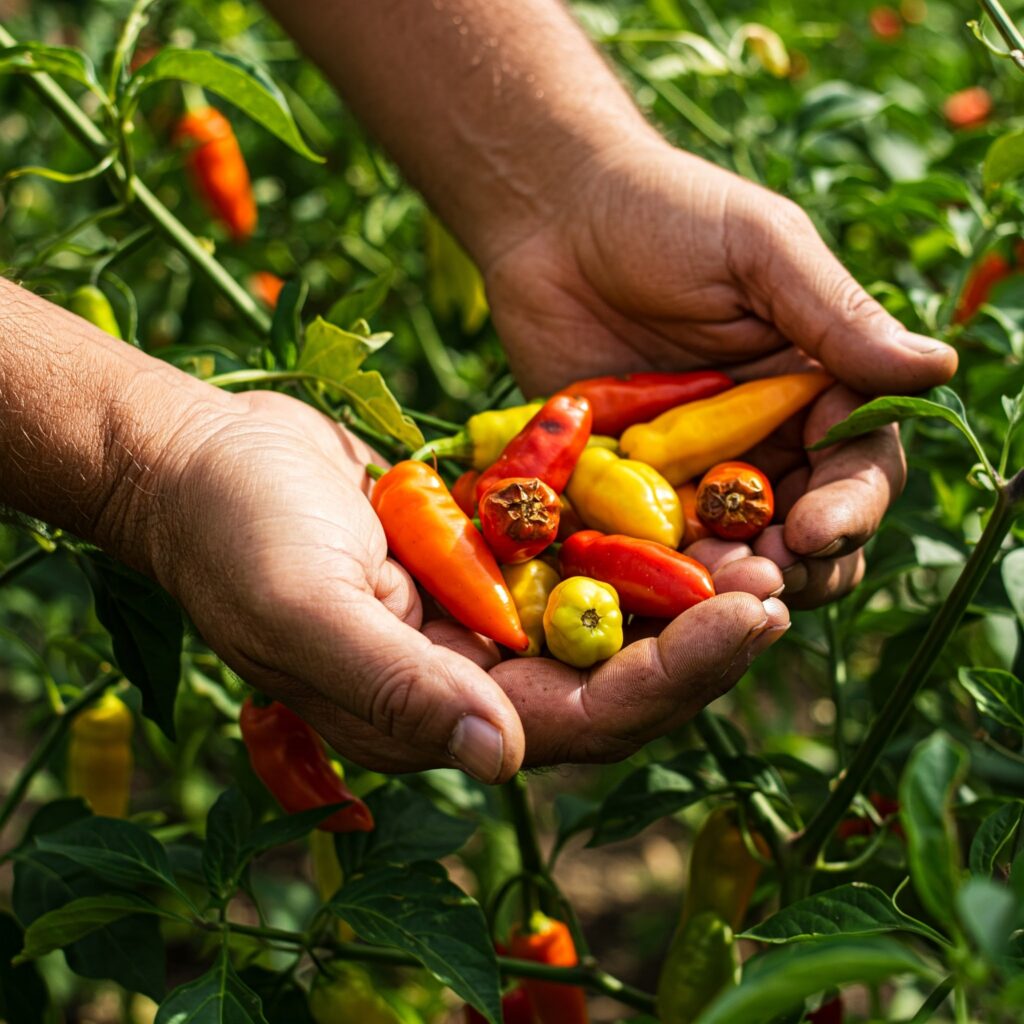
Post-Harvest Handling:
Proper post-harvest handling is crucial to maintain the quality and extend the shelf life of chili peppers. This may include:
- Sorting: Separating fruits according to size, color, and health status.
- Cleaning: Removing soil, plant debris, and damaged fruits.
- Storage: Storing chili peppers in controlled temperature and humidity conditions to prevent dehydration, spoilage, and the development of post-harvest diseases.
- Drying (if necessary): For the production of dried chili peppers, sun drying, air drying, or artificial heat drying methods are used. It is important to ensure uniform drying to prevent the development of mold and other pathogens.
- Packaging: Packaging chili peppers appropriately for transport and marketing, protecting them from mechanical damage and adverse environmental conditions.
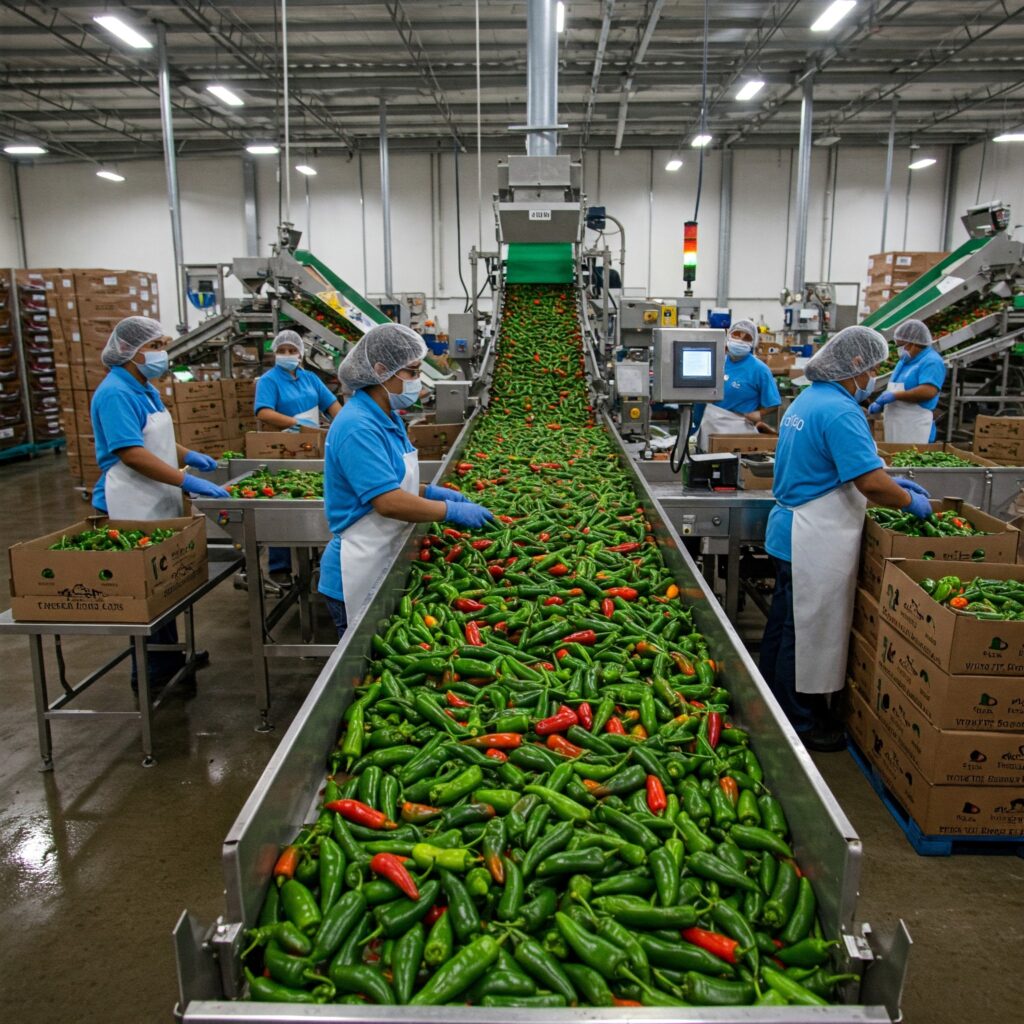
Conclusion: An Integrated Approach for Successful Chili Pepper Cultivation
Chili pepper cultivation, with its rich diversity and growing demand, offers significant agricultural opportunities. However, to achieve sustainable success, it is essential to adopt an integrated approach that encompasses optimal nutrition, proper soil management, advanced pest and disease control strategies, and efficient post-harvest practices. Continuous research and adaptation to local conditions and new technologies are key to maximizing the yield, quality, and profitability of chili pepper cultivation, while minimizing environmental impact.
References
- Bosland, P. W., & Votava, E. J. (2012). Peppers: Vegetable and spice crop. CABI.
- DeWitt, D., & Gerhardt, P. (2009). The complete chile pepper book: A gardener’s guide to choosing, growing, preserving, and using the world’s most flavorful chilies. Timber Press.
- Food and Agriculture Organization of the United Nations (FAO). Cultivo de chiles. (Consult FAO website for specific publications).
- Ministerio de Agricultura y Desarrollo Rural (Depending on the country of focus, consult specific guides and publications).
- Rezaei, M., & Anderson, J. M. (2018). Plant nutrition management in chile pepper (Capsicum annuum L.): A review. Journal of Plant Nutrition, 41(17), 2117-2138.
Keywords
Chili pepper cultivation, Capsicum, plant nutrition, fertilization, soil management, soil preparation, tillage, mulching, chili pepper pests, chili pepper diseases, biological control, cultural control, chemical control, IPM, chili pepper harvest, chili pepper post-harvest, chili pepper drying, chili pepper varieties.
 AgronoBlog – Agriculture Blog
AgronoBlog – Agriculture Blog 